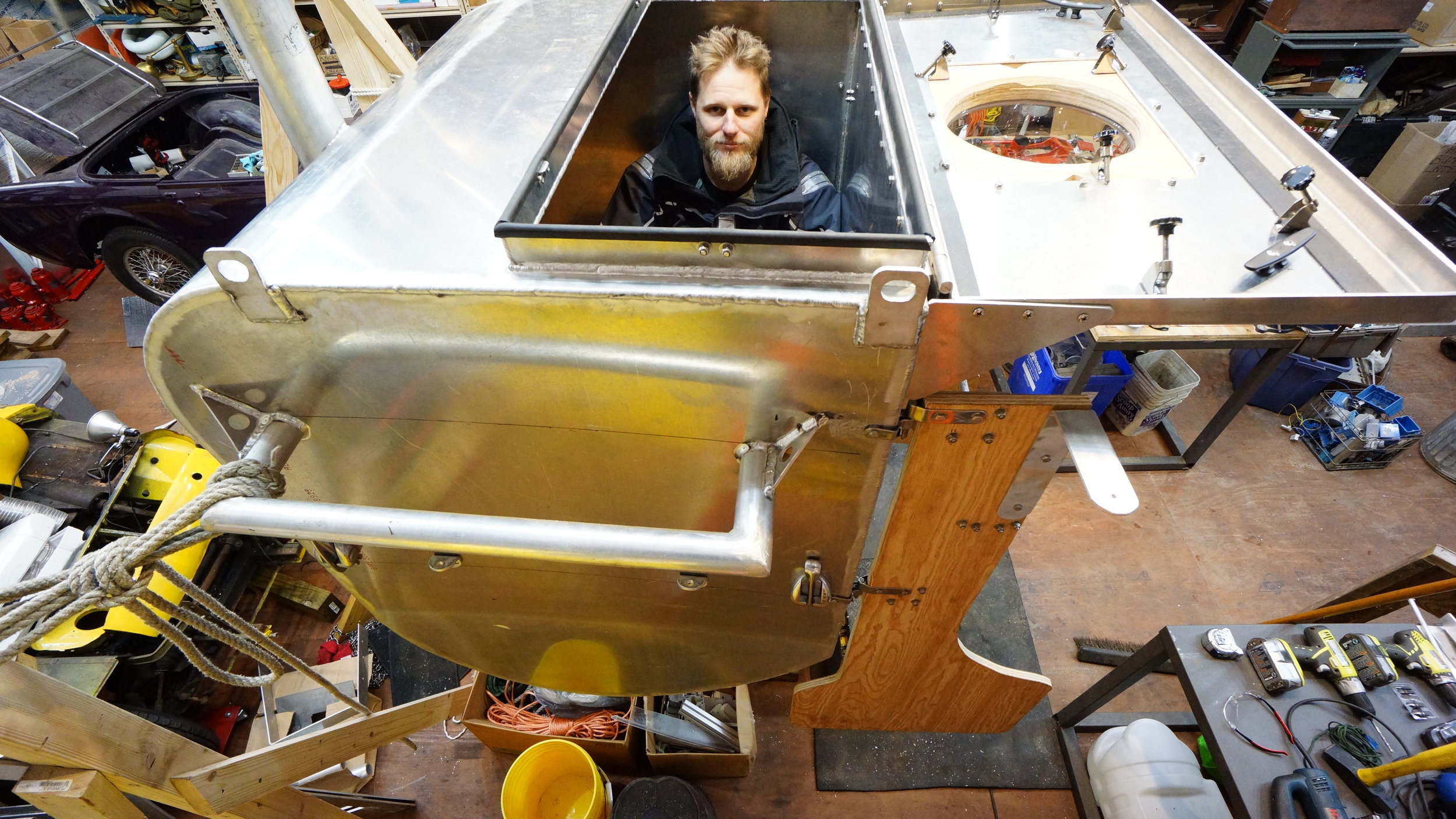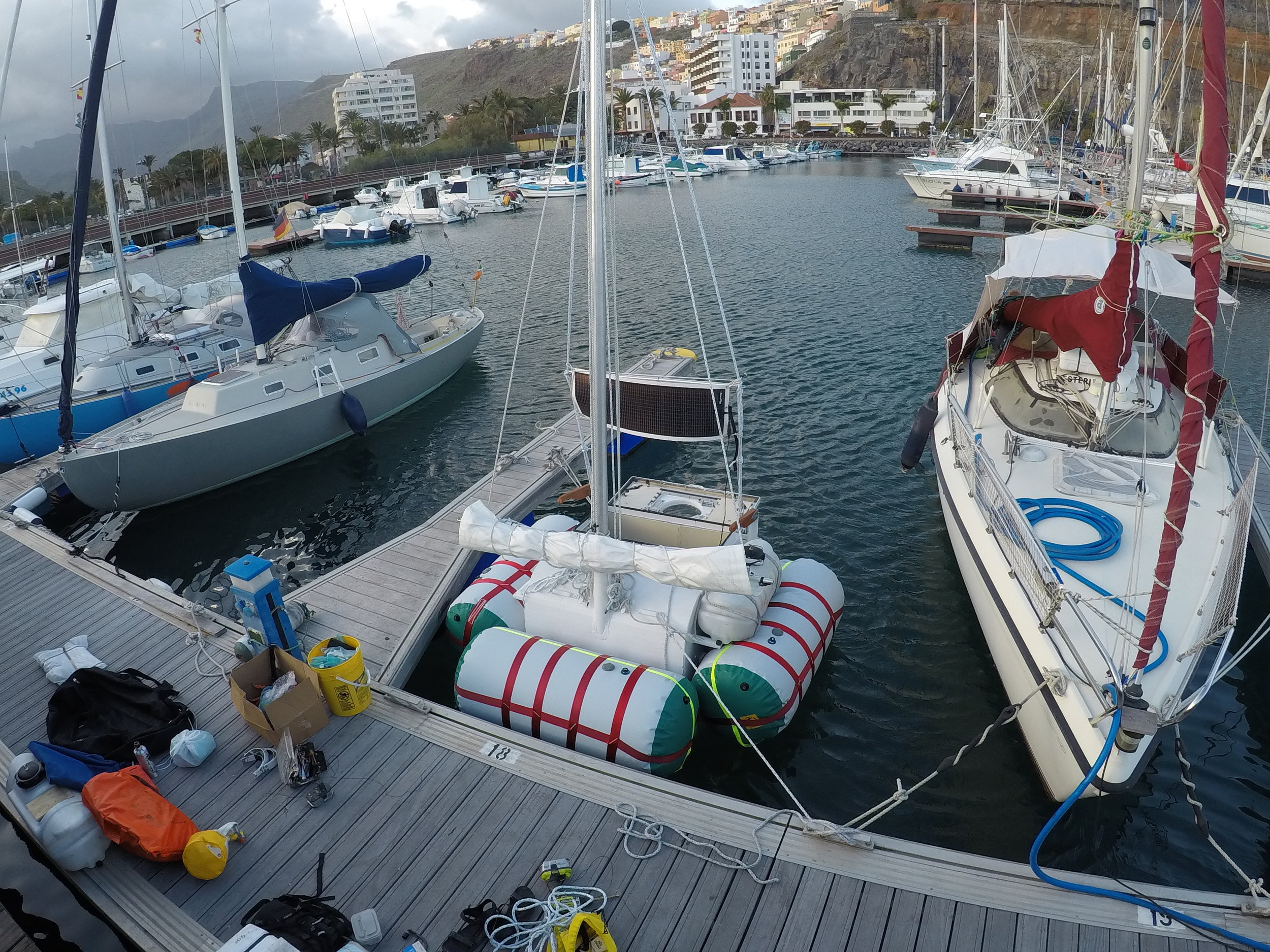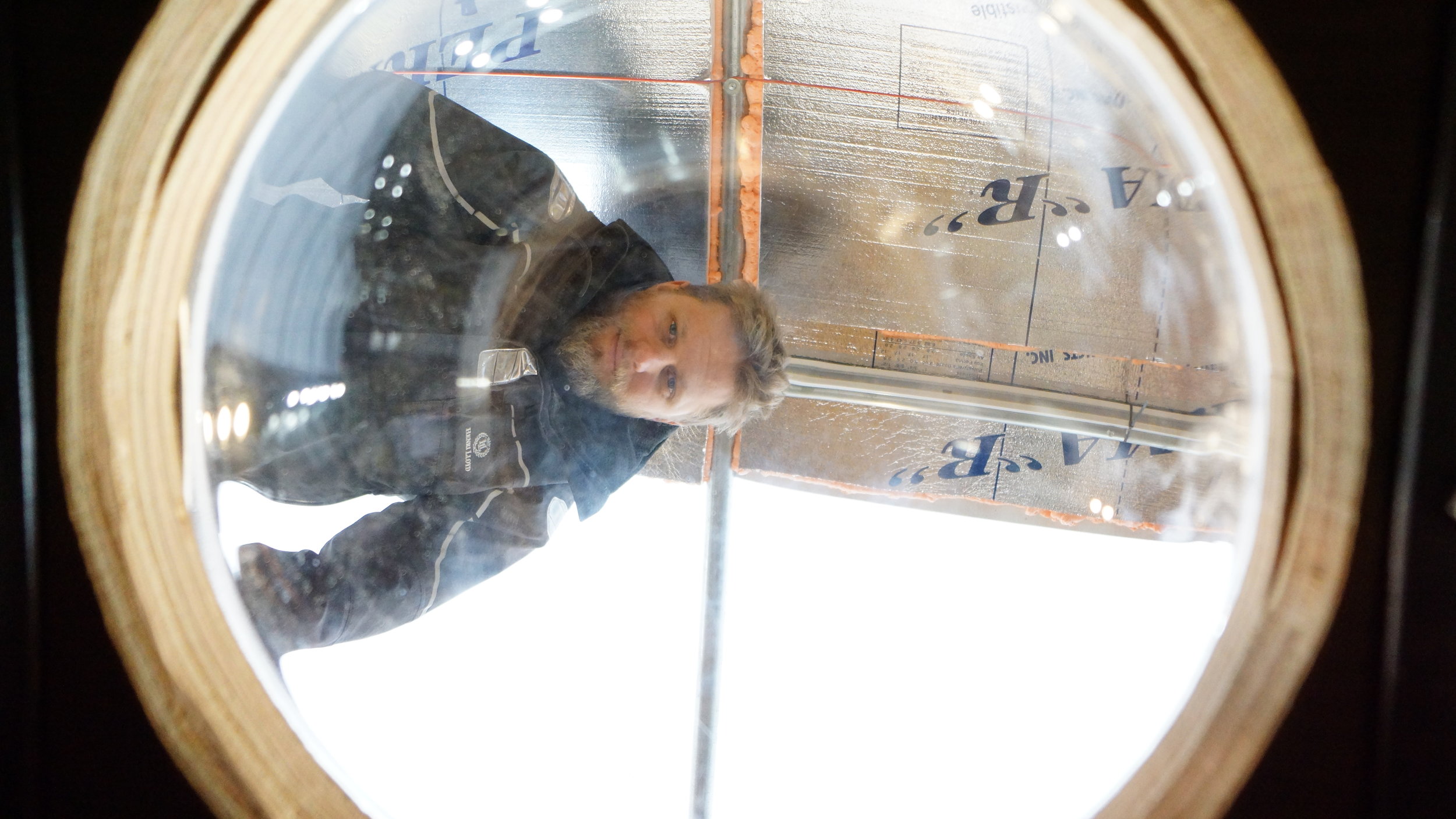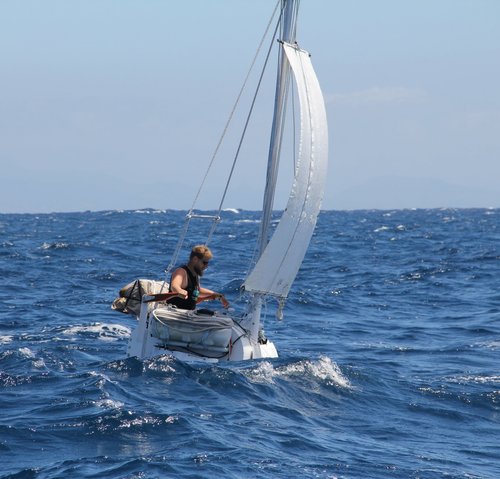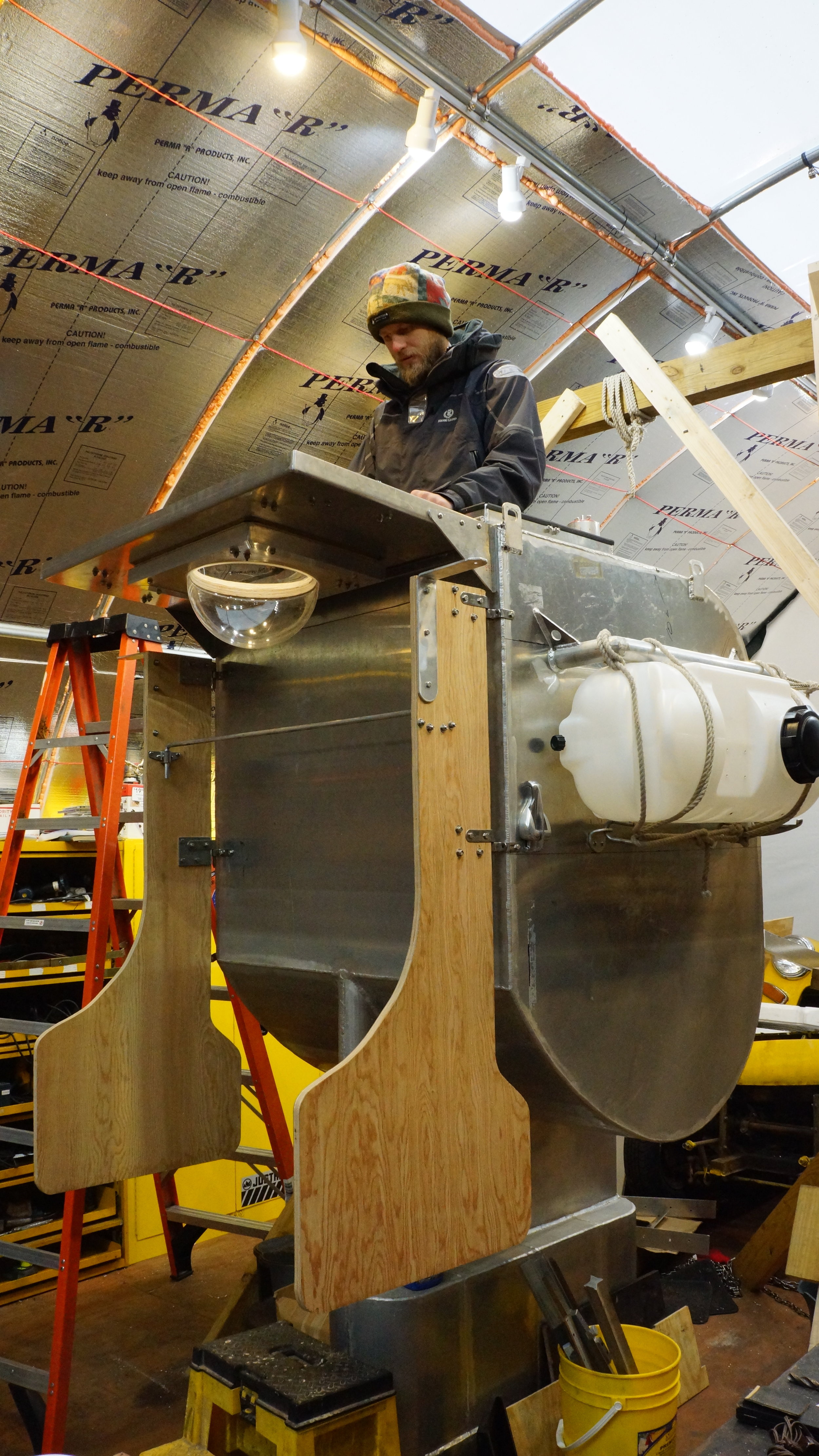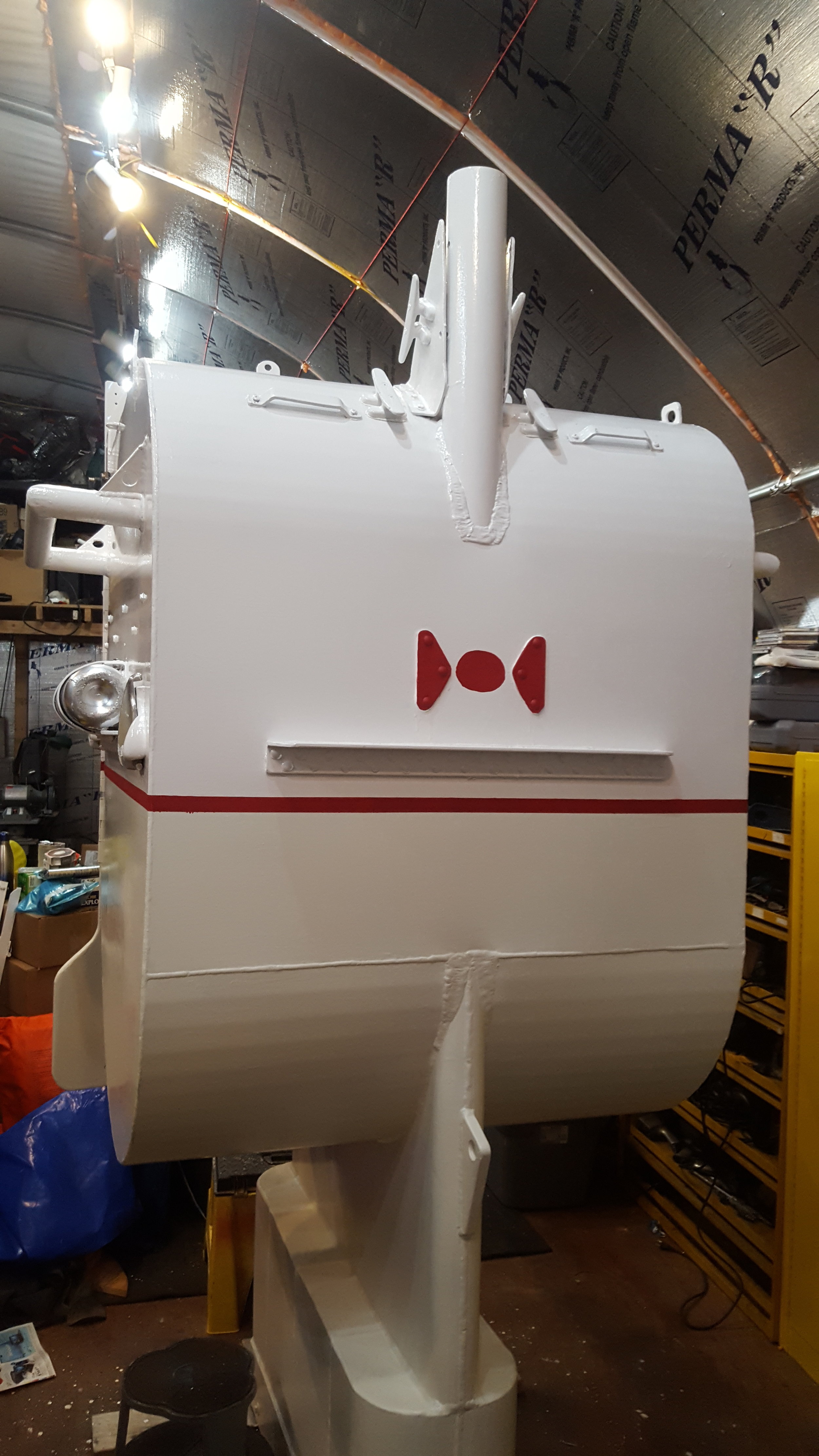The Little Boat Project
The little boat project is a challenge that the Bio-Reserve has undertaken to design, build and sail the worlds smallest sailboat across the Atlantic Ocean. This is not a stunt, but a challenge in engineering and design that we can physically bring into classrooms to show the importance of mathematics and critical thinking. Through the connections that the Bio-Reserve has to local schools and education centers we think this will be a spectacular and exciting example of the power of experience based STEM programs to students and teachers alike.
Math problems presented to students in school typically lack context or practical use in the eyes of the learners. We are seeking to take this abstract discipline and bring it and our students into the real world together. Complicated math problems and concepts become much less daunting when students know WHY they are trying to solve them. Through the examples our project has to offer we can challenge students to create their own boat (on paper or in models) and see how it compares to the one we have actually built and sailed. They get to partake in the excitement of the challenge and the adventure of the sail. The practical necessity of calculating the buoyancy of a complex shape becomes apparent when you are considering things like food and supplies that need to be packed in the boat for a trip of 3 to 4 months at sea. With this project we are seeking an exciting way to focus students attention on some rather complex math, design and planning that they will be excited to tackle. Thinking critically about what supplies are important, necessary, and frivolous becomes essential and easy when looking at a boat that is only 42 inches long (three and a half feet).
We are also trying to promote good problem solving techniques. When presented with a problem or a function that your design has to over come or accomplish (i.e. we want to cross an ocean in a 3.5 foot boat) it is easy to be overcome with options and ideas. Students often become stalled by the apparent enormity of beginning a complicated project. “Where do I start?” “What is important?” What our student designers have to remember is that ALL you machine or design has to do is accomplish the one thing it was meant to do: safely sail across and ocean and be 3.5 feet long. This seems obvious, but projects can quickly become daunting when they are allowed to get to complicated. It doesn’t have to do anything else well. With this project we have stacked ever other part of the project in our favor. We are going east to west in the trade winds, we are taking a safer, calmer, and more comfortable southern route. The boat was not designed to be nimble and quick, but rather it was designed to be stable and strong. We don’t need to go fast, just make it there safely. All of these concepts are built into this challenge in a way that will benefit the future design and problem solving careers of our students.
We want to illustrate to students that in the real world they do not need to have every math equation memorized. What they will need to do as engineers and designers and functioning adults going to a hardware store is to be able to know WHAT equations to look up. WHERE to look them up. HOW and WHY to apply them. The problem solving aspect of this project is obvious and the adventure is exciting enough to hold the attention of everyone. We are working to break the current world record, set in 1993 of 5 feet 4 inches with a 3 foot 6 inch boat, not to show how tough we are, but to show how clever we can be with just a little math and engineering. We are demonstrating that with patience and effort, and a will to achieve something that appears to be impossible, anyone can design the right answer to make it perfectly possible.
